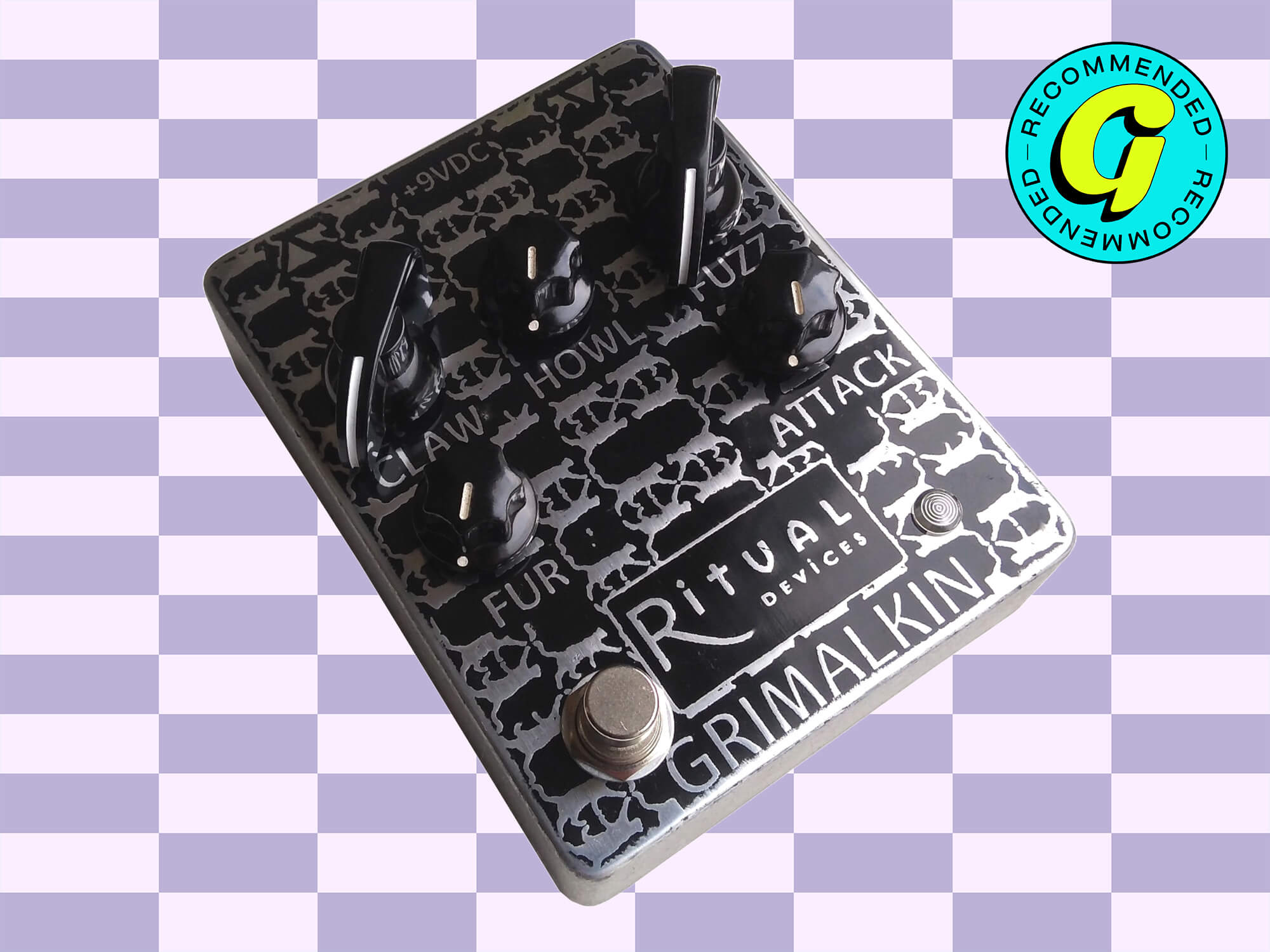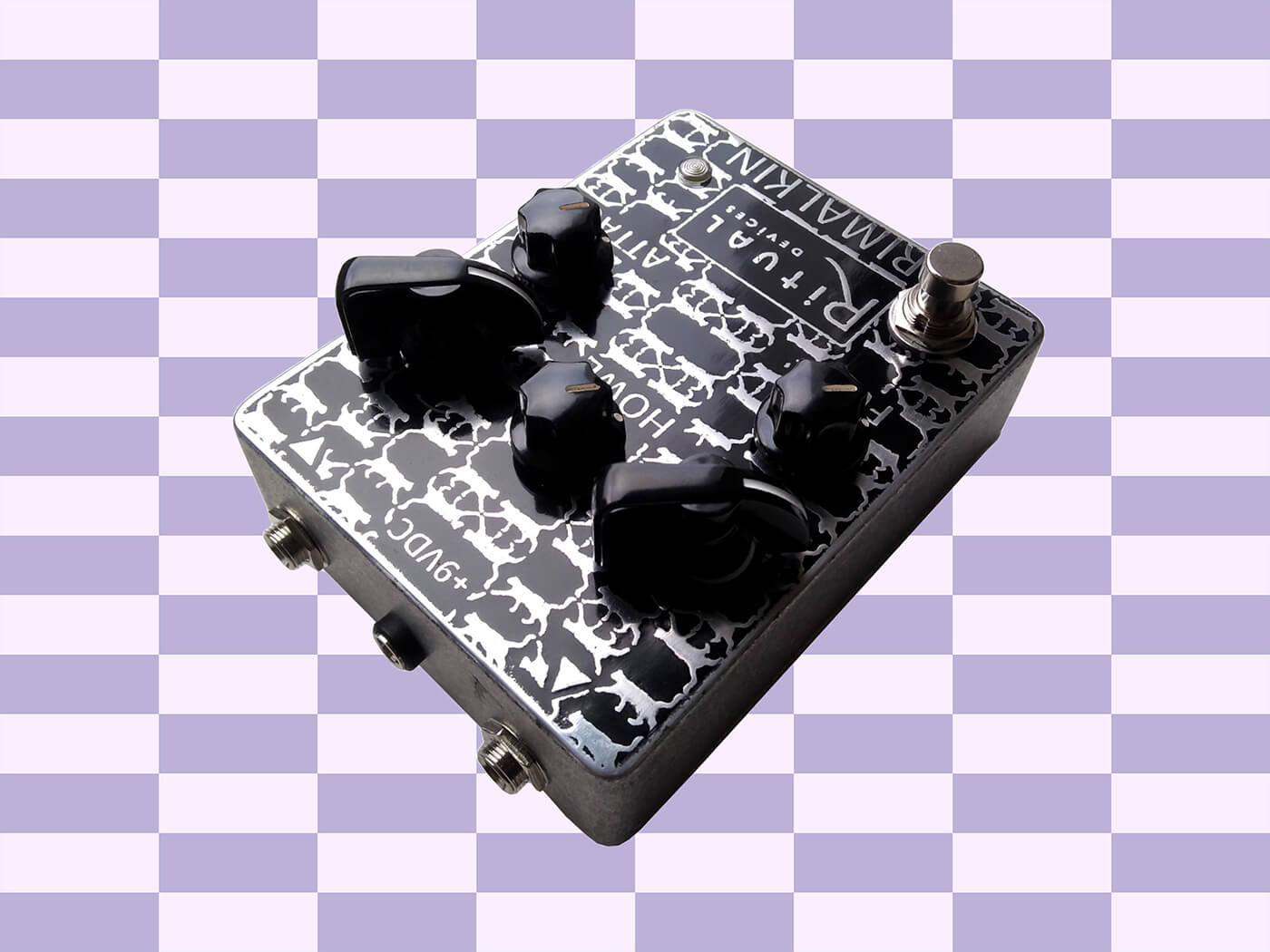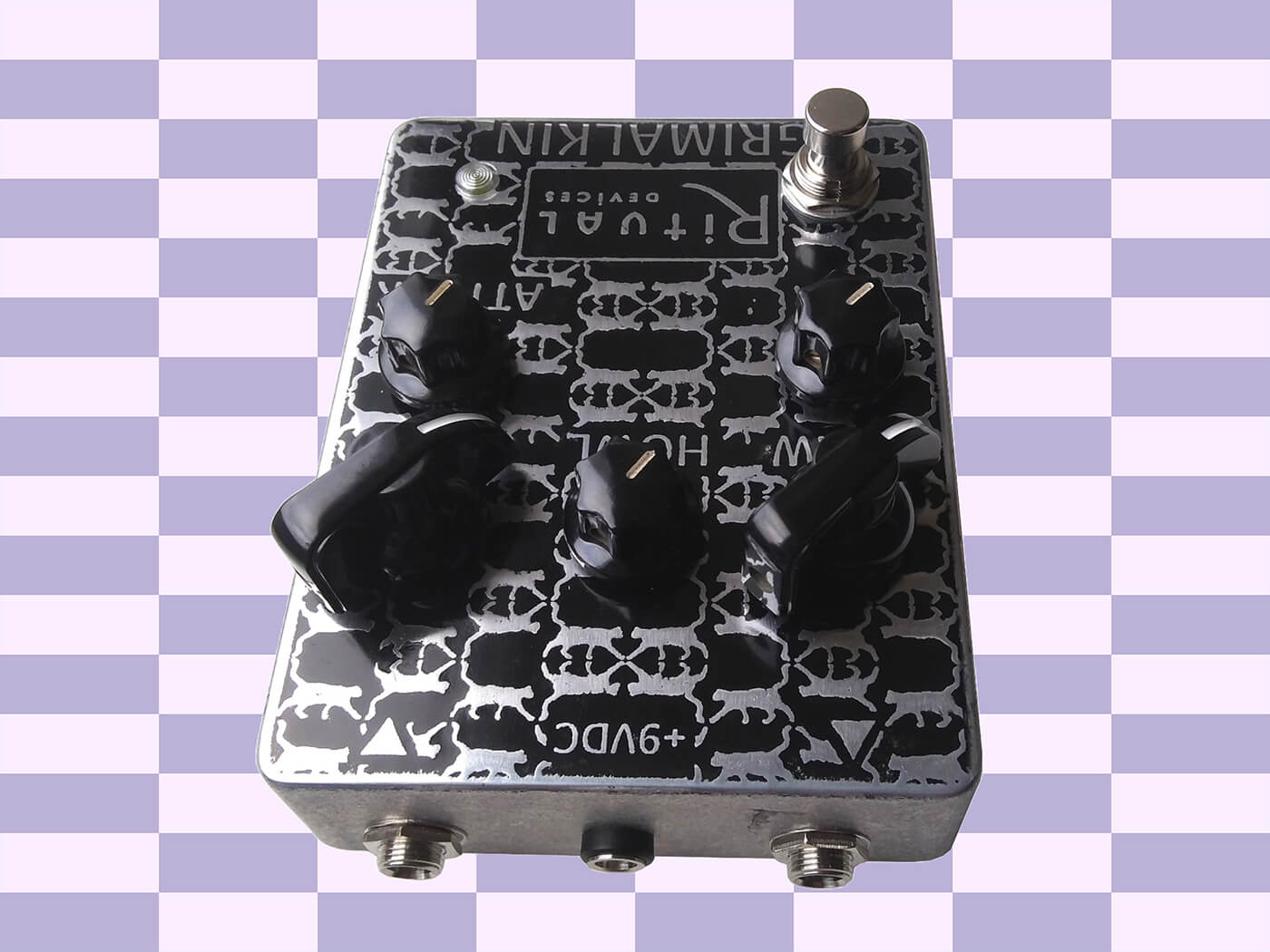Related Tags
Ritual Devices Grimalkin review: an ultra-wild fuzz that’s never knowingly sensible
This British-built noise box promises lo-fi tones to match its brutalistically industrial looks… but what do all those knobs do?

Ritual Devices Grimalkin
Review Overview
Our rating
9
Our verdict
Fuzz has been around since the 1960s, but it’s only really since the mid-90s that pedal designers have been pushing its powers into the zone where the guitar ceases to be a musical instrument and becomes more of an animal-scaring tool. The Ritual Devices Grimalkin is very much in this tradition.
Described as an ‘octave multi fuzz pedal’, this five-knob monster is all about letting you dial in different textures of thick, high-gain muck. It can do glitchy down-octaves, it can do self-oscillating squeals… and yes, it can even do normal fuzz, after a fashion. The only question is, can you tame it?
Ritual Devices is an indie stompbox maker based in south Wales, specialising in original circuits, neat wiring and no-frills aesthetics… and frills don’t come much no-er than the Grimalkin’s unpainted metal enclosure with matt-black printing. The only colour here comes from the amber status LED.
As for the controls, your starting point has to be the two chickenhead types: ‘claw’ on the left, which is output level, and the self-explanatory ‘fuzz’ on the right. The central ‘howl’ knob is a voltage control for the transistor stage – basically setting how thick and gurgly or lean and raspy the distortion will be – while ‘fur’ and ‘attack’ set the amount of gain at the beginning of the circuit.
That’s a lot of power to play with; time to plug in and see just how easy it is to control the chaos.

In Use
You could easily spend half an hour exploring the darkest corners of the Grimalkin, concocting all manner of tasty noise-scapes… but not really having a clue how you were doing it. It really does feel like every knob-twist is another step into the fuzzy wilderness. The best approach, then, is probably to turn everything down low and build from the bottom.
Our starting tone with all five knobs set to 9 o’clock is, in fact, a very pleasant conventional fuzz: rich and smooth in the Tone Bender style, only with a bit more midrange bite. Power chords are strong and punky; single notes have a nice clear attack and sustain for about three weeks.
Cranking the top-right dial thickens the wall of sound, but the easiest way to make things happen from this point is actually to start messing with the ‘howl’ voltage. You can hear the tonality change as it turns clockwise, those biting mids turning into a darker, more congested voice – and by 12 o’clock there’s already a low octave sneaking into single notes. This is where the Grimalkin starts to get properly spluttery and almost synth-like.

Turning up either of the lower two knobs makes things less squelchy but no less aggressive; maxing out both of them makes ‘howl’ really live up to its name, falling into a buzzy self-generated wail the second you stop playing – a wail that can be manually tuned, and (for some reason) reaches higher pitches when the fuzz is turned down low.
It’s that interactivity between the controls that makes this such a deceptively complex pedal. There are definite echoes of the ZVex Fuzz Factory here, but the Grimalkin is much too hairily unpredictable to be written off as a copy of any existing classic.
Like this? Try these
- ZVex Vexter Fuzz Factory £179/$199
- Fjord Fuzz Fenris £225/$273
- Beetronics Swarm £204.88/$249
